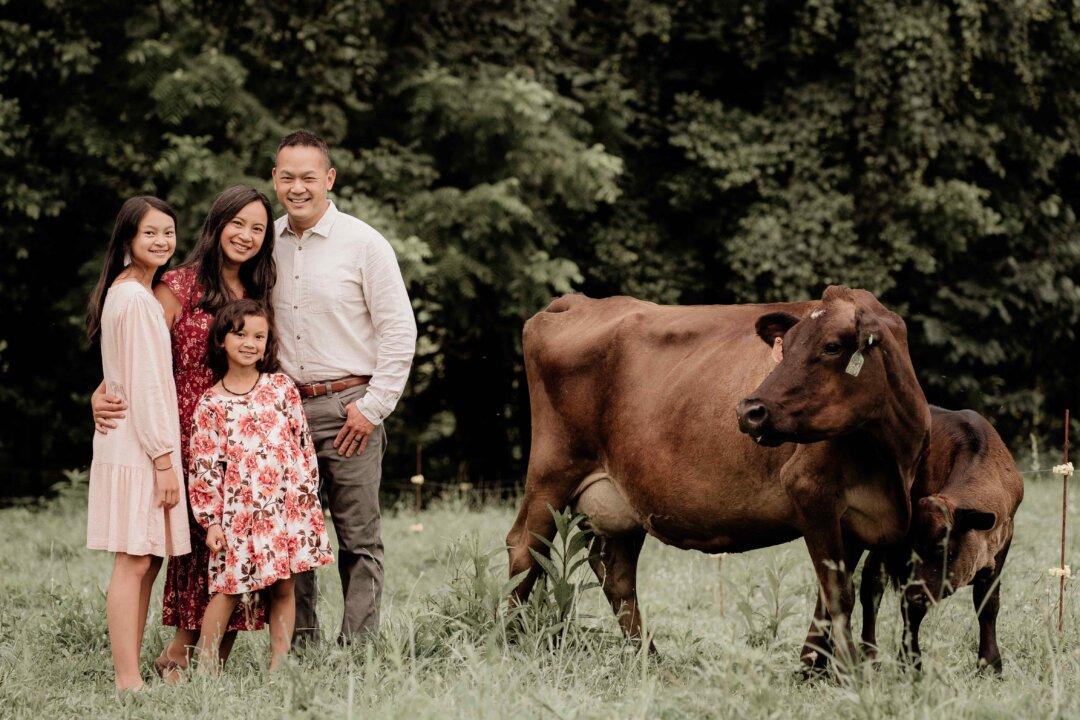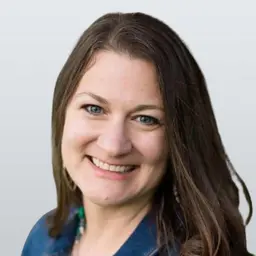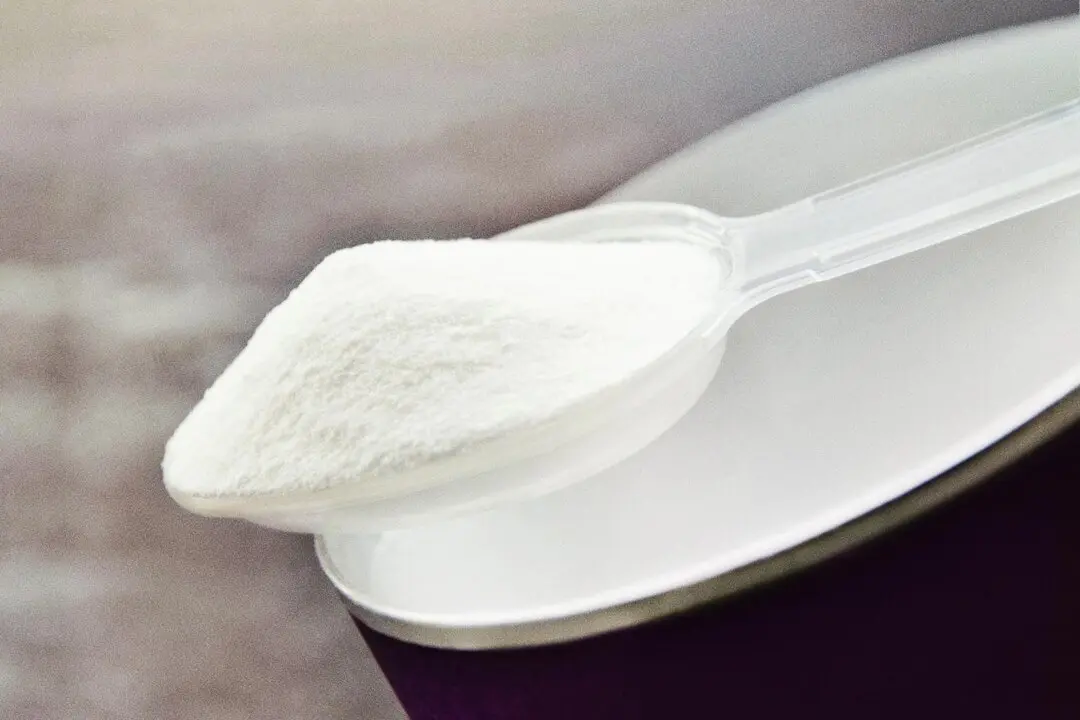Born and raised in Silicon Valley, Sophia Nguyen Eng was poised for success in the technology world.
She was good at what she did—growth marketing campaigns for startups and Fortune 500 companies—and was well on her way up the corporate ladder. She founded an organization, Women in Growth, to support other women working in the tech space. Hers was a resume that would make any aspiring professional envious.






